The Colosseum: Rome’s Iconic Amphitheater
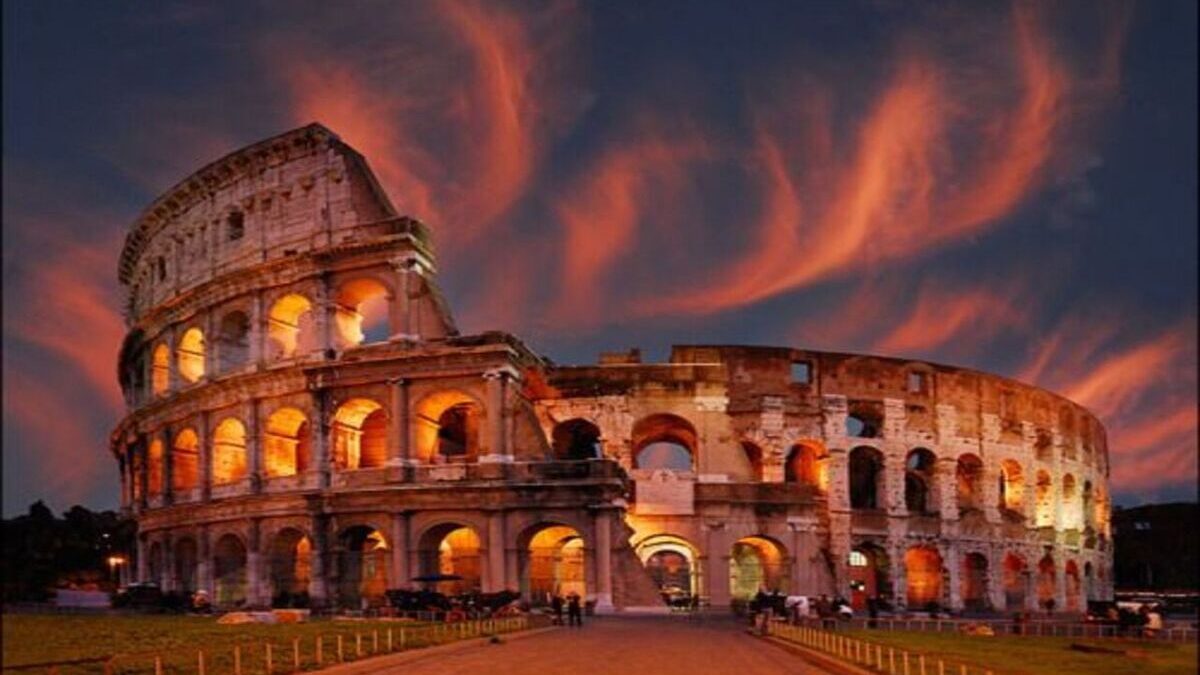
The Colosseum: Rome’s Iconic Amphitheater
The Colosseum: Rome’s Iconic Amphitheater
The Colosseum, also known as the Flavian Amphitheater, is one of the most iconic and well-preserved monuments of ancient Rome. Located in the heart of Rome, Italy, this architectural marvel has stood the test of time, drawing millions of visitors from around the world each year. It is a symbol of the grandeur and power of the Roman Empire, as well as a testament to ancient engineering and architectural ingenuity.
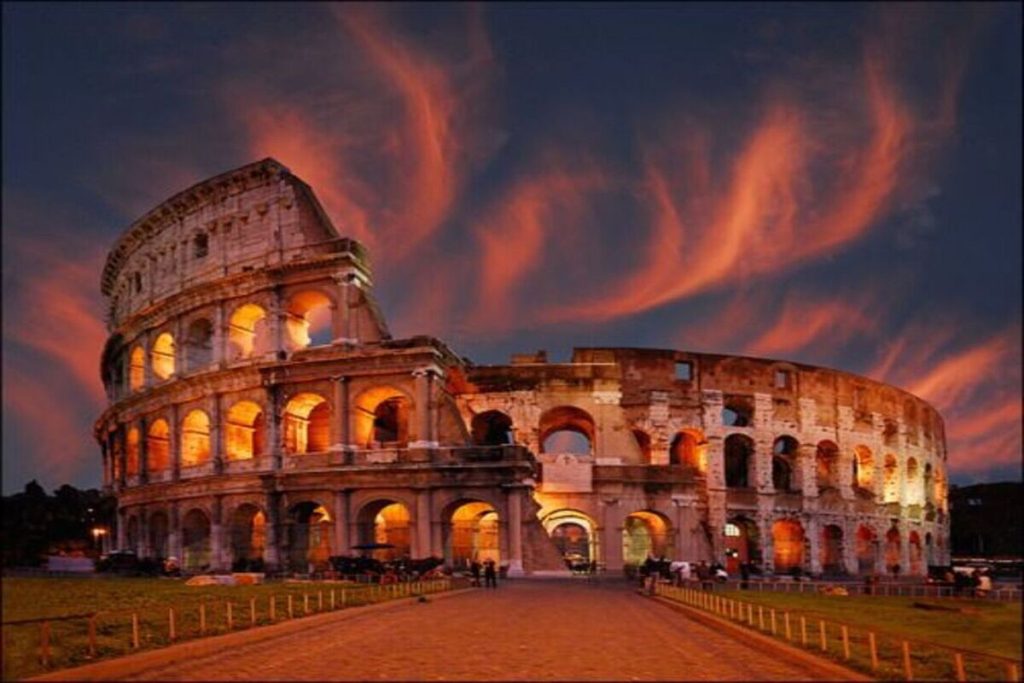
Historical Background
Construction of the Colosseum began under the emperor Vespasian around AD 70-72 and was completed in AD 80 by his son Titus. The amphitheater was built on the site of Nero’s Golden House, a vast palace complex constructed by Emperor Nero after the great fire of Rome in AD 64. Vespasian ordered the palace to be demolished and replaced with a public arena, a gesture intended to restore Roman citizens’ faith in the empire and to demonstrate the Flavian dynasty’s commitment to the people.
The Colosseum was inaugurated with 100 days of games, which included gladiatorial combats, animal hunts, and mock naval battles. It could hold between 50,000 and 80,000 spectators, making it the largest amphitheater ever built at the time. Its grandeur and scale have made it a lasting symbol of Rome’s architectural and cultural legacy.
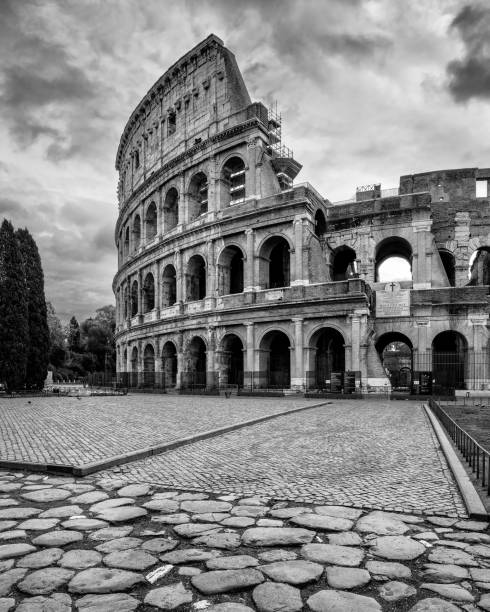
Architectural Marvel
The Colosseum’s architecture is a masterpiece of ancient engineering. The elliptical structure measures approximately 189 meters (620 feet) long, 156 meters (512 feet) wide, and 48 meters (157 feet) high. It is constructed primarily of travertine limestone, tuff (a type of volcanic rock), and brick-faced concrete.
The Façade: The exterior of the Colosseum features three stories of arched entrances, each framed by half-columns in the Doric, Ionic, and Corinthian styles. The fourth story, known as the attic, is decorated with Corinthian pilasters and had small rectangular windows. Originally, the arches were adorned with statues of gods, emperors, and other notable figures.
The Seating Arrangement: The Colosseum’s seating was meticulously organized to reflect Roman social hierarchy. The podium, or the first tier, was reserved for the senatorial class and other dignitaries. The second tier was for the equestrian class, the third for ordinary Roman citizens, and the upper tiers for the poor and slaves. Women were usually relegated to the uppermost sections.
The Hypogeum: Beneath the Colosseum lies the hypogeum, a complex network of tunnels and chambers where gladiators and animals were kept before contests. The hypogeum had two levels and was connected to the arena by a series of elevators and trapdoors. This subterranean structure played a crucial role in the spectacles, allowing for dramatic and surprise entries into the arena.
Gladiatorial Games and Public Spectacles
The Colosseum is perhaps best known for the gladiatorial games that took place within its walls. These games were brutal contests where gladiators, often slaves or prisoners of war, fought to the death for the entertainment of the Roman public. Gladiators trained in specialized schools and could achieve fame and fortune if they survived.
In addition to gladiatorial combat, the Colosseum hosted a variety of other spectacles. Venationes, or animal hunts, featured exotic animals such as lions, tigers, and elephants brought from the far reaches of the Roman Empire. These events were elaborate productions that often depicted famous hunts or mythological scenes.
The Colosseum also hosted public executions and re-enactments of famous battles, including naval engagements. To simulate naval battles, the arena could be flooded with water using a sophisticated system of aqueducts and channels.
Decline and Preservation
After the fall of the Western Roman Empire in the 5th century, the Colosseum fell into decline. It was no longer used for public spectacles and suffered from neglect, earthquakes, and stone looting. During the Middle Ages, the Colosseum was repurposed for various uses, including a fortress and a Christian shrine.
Efforts to preserve the Colosseum began in the 18th century, spearheaded by Pope Benedict XIV, who declared it a sacred site in memory of the Christian martyrs who were believed to have perished there. Restoration work continued sporadically over the centuries, with significant efforts in the 19th and 20th centuries to stabilize and repair the structure.
The Colosseum Today
Today, the Colosseum stands as a powerful symbol of Rome’s ancient glory and a major tourist attraction. It is recognized as a UNESCO World Heritage Site and one of the New Seven Wonders of the World. Visitors can explore the ancient arena, walking through the same corridors once tread by gladiators and spectators alike.
Modern technology has enhanced the visitor experience, with detailed exhibits, guided tours, and multimedia displays that bring the history of the Colosseum to life. The hypogeum and upper levels, once off-limits to the public, have been partially opened, providing deeper insights into the structure’s complex workings.
Efforts to preserve the Colosseum continue, with ongoing restoration projects aimed at protecting it from environmental damage and the wear and tear caused by millions of visitors. The Italian government and various cultural organizations remain committed to maintaining this iconic landmark for future generations.
Conclusion
The Colosseum is more than just a ruin; it is a testament to the engineering prowess and cultural sophistication of ancient Rome. Its enduring legacy as a symbol of Roman architectural and societal achievements continues to captivate and inspire people from around the world. Whether you are a history enthusiast, an architecture aficionado, or a curious traveler, a visit to the Colosseum offers a unique opportunity to connect with the ancient past and marvel at the ingenuity of one of the world’s greatest civilizations. As we continue to preserve and study this magnificent structure, the Colosseum remains a poignant reminder of Rome’s enduring legacy and the timeless allure of its monumental past.




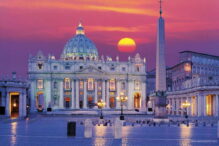



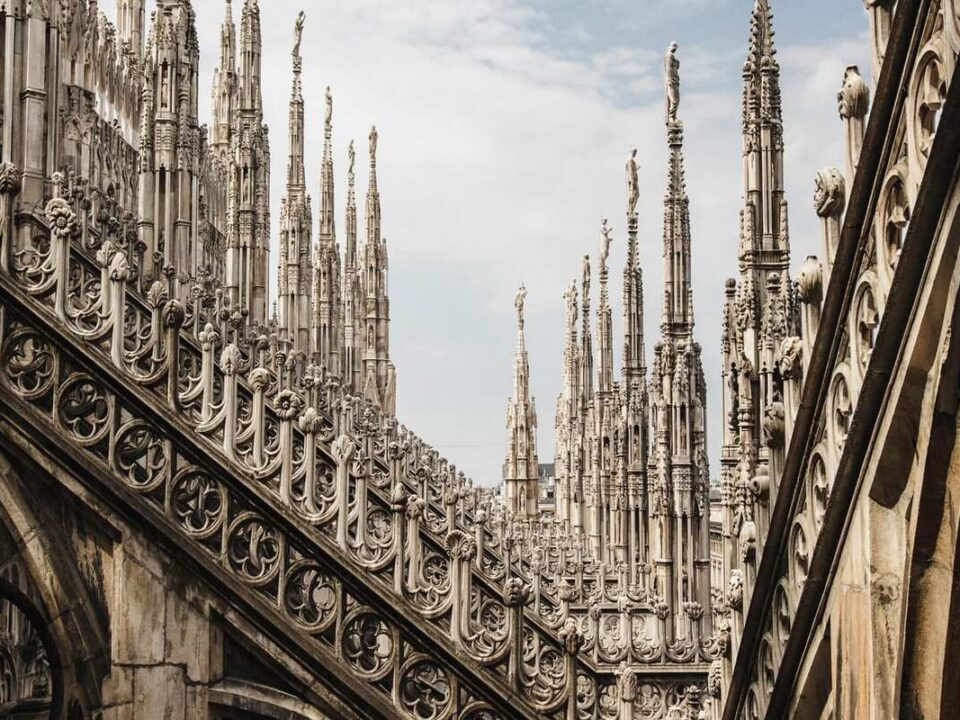
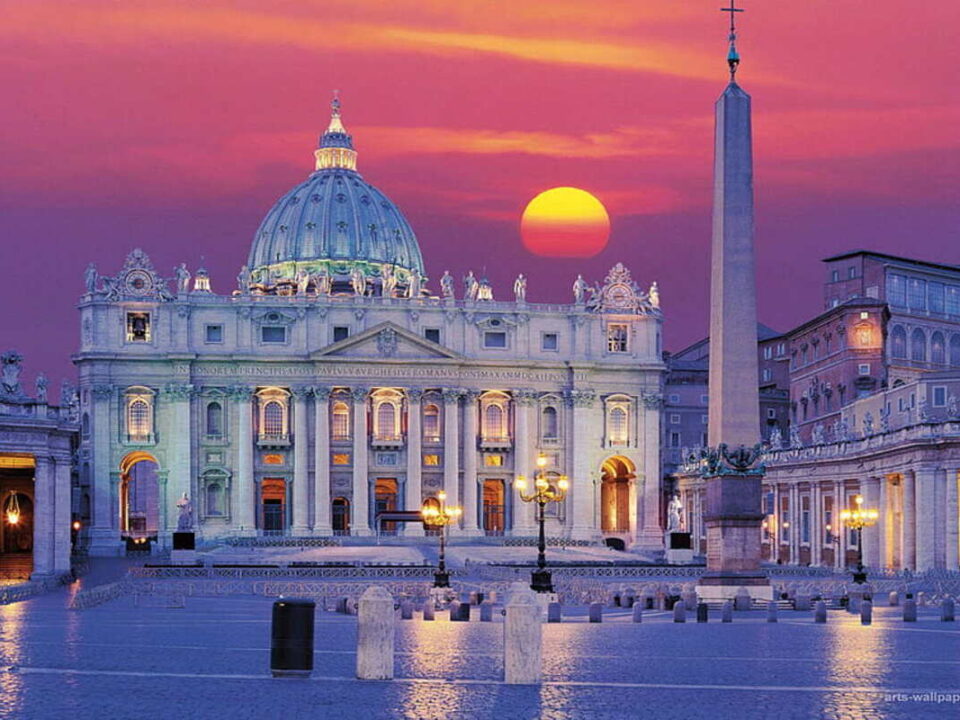
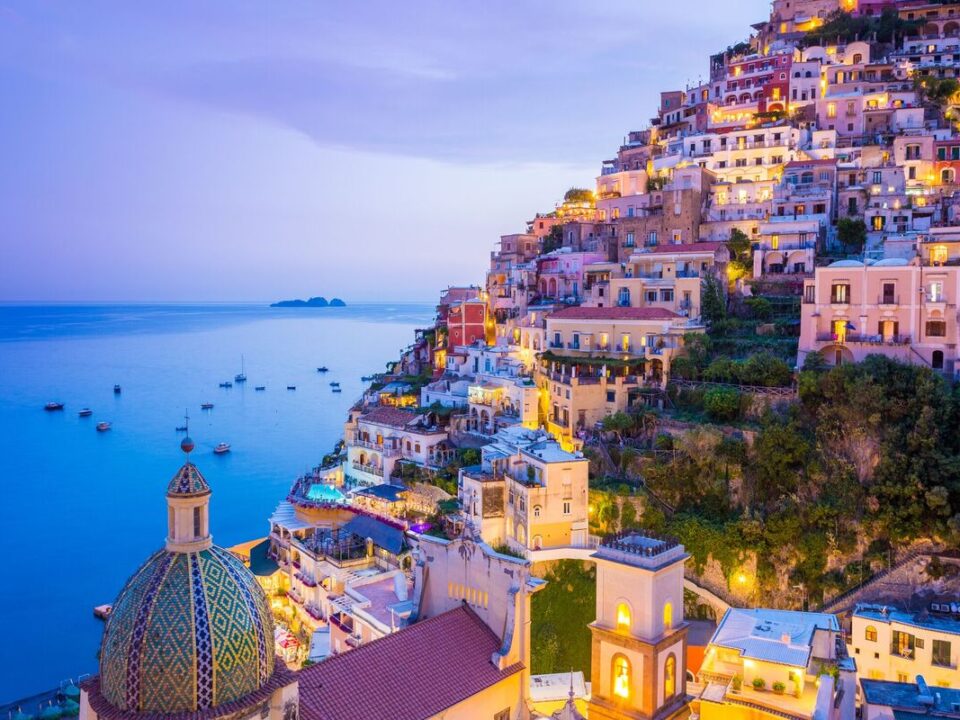
2 Comments
[…] Colosseum […]
[…] smallest independent state in the world, both by area and population. Nestled within the city of Rome, Italy, Vatican City serves as the spiritual and administrative center of the Roman Catholic […]